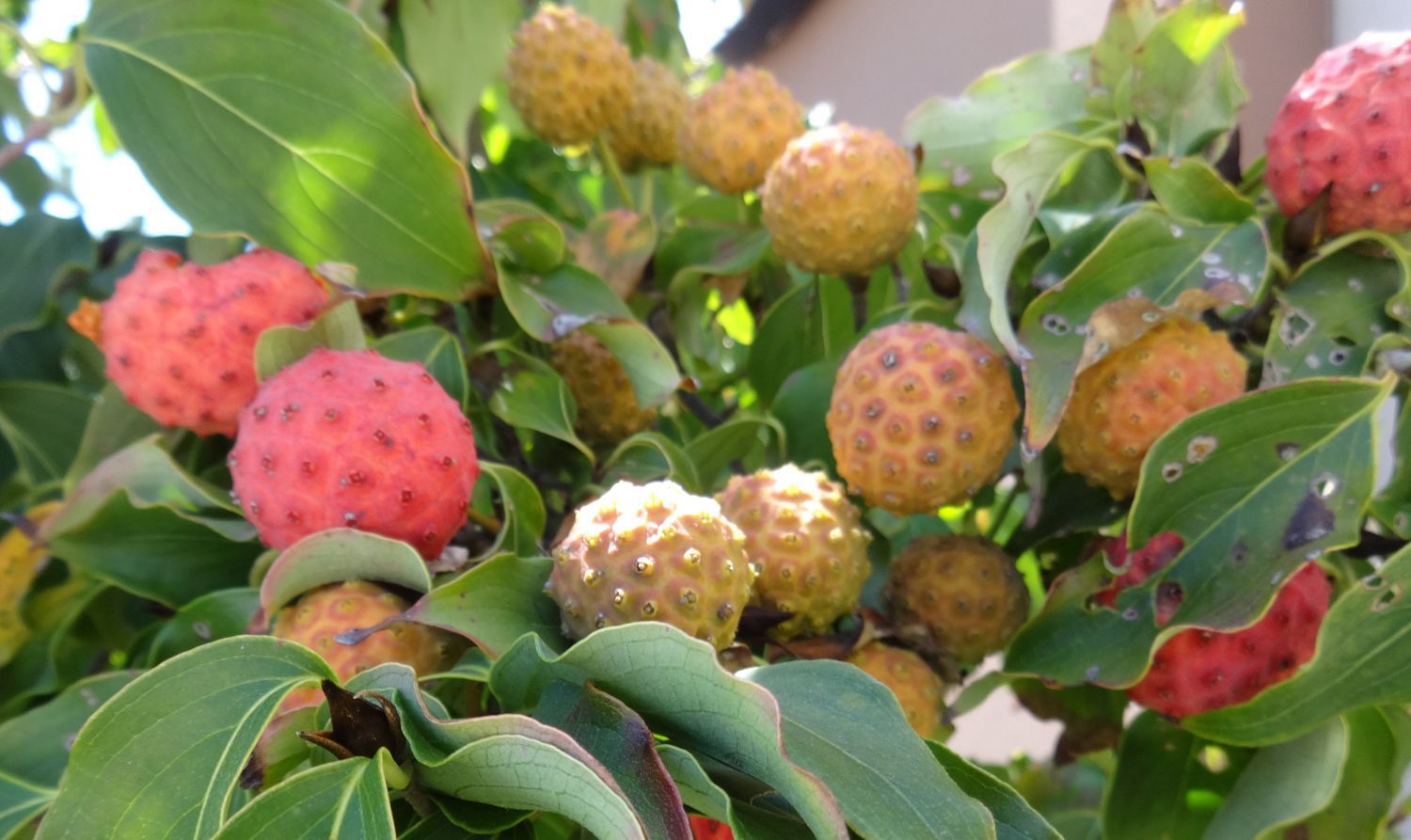Season winding down, but questions growing
Published 12:00 am Friday, August 29, 2014
With summer gardening activities winding down, it would be a natural assumption that gardening inquiries would dwindle. However, Cooperative Extension still receives a number of homeowner questions via phone and e-mail despite the waning growing season. Unseasonable fall-like weather has many outdoors working in their landscapes and vegetable gardens. Below are a few questions that you may have pondered.
Question: I was shopping this past week and noticed a tree on the outside of one of the buildings that had really unusual orange fruit. At first I thought it was some type of citrus tree, but upon closer observation noticed it was rather odd in its configuration. Can you tell me what type of tree has this unusual fruit?
Answer: The fruit you observed is actually the fruit of a kousa dogwood. This is not the typical dogwood tree we normally associate as our state flower. The fruit is much larger than our native dogwood. The kousa dogwood is gaining popularity in landscapes because of its late bloom and resistance to diseases. Some kousa dogwood growers collect fruit and make jelly. Go to http://www.clemson.edu/extension/hgic/videos_posters/videos/kousa_dogwood.html for more detailed information on growing kousa dogwoods.
Question: My husband has worked himself into a frazzle trying to control Virginia button weed. Can you tell us how we can eliminate this persistent lawn weed?
Answer: Virginia buttonweed is a perennial broadleaf weed that is very difficult to control. The weed itself looks much like a grass, but it is a broadleaf weed that must be controlled with post-emergence herbicidal sprays. Best results have occurred with repeated applications applied in the spring and repeat when regrowth occurs usually in four to six weeks. As you have discovered, Virginia buttonweed is a very difficult weed to control. Go to http://www.turffiles.ncsu.edu/weeds/Buttonweed_Virginia.aspx for a complete listing of post emergence herbicides labeled to control this weed.
Question: My hydrangeas have really grown over the past few weeks, but they have few if any blooms during the early summer. What was the problem?
Answer: Many of the hydrangea cultivars were killed back during the early spring. Some were actually killed back to the ground and are now just returning to their normal growth. If you’ve keep them fed and properly irrigated, they should return back to their normal blooming habit next spring, weather permitting.
Question: While weeding my shrubs and flower beds, I’ve encountered a number of very small tree saplings that seem to reoccur each year. Is there anything I can spray on the saplings to keep them from coming up each year?
Answer: Yes, the best way to control reoccurring small saplings is to treat the stump when you prune them back with a brush killer or glyphosate. The stumps need to be painted, full strength, immediately after cutting to allow the herbicide to translocate to the root system.
Darrell Blackwelder is the County Extension Director with horticulture responsibilities with the North Carolina Cooperative Extension Service in Rowan County. Call 704-216-8970.





